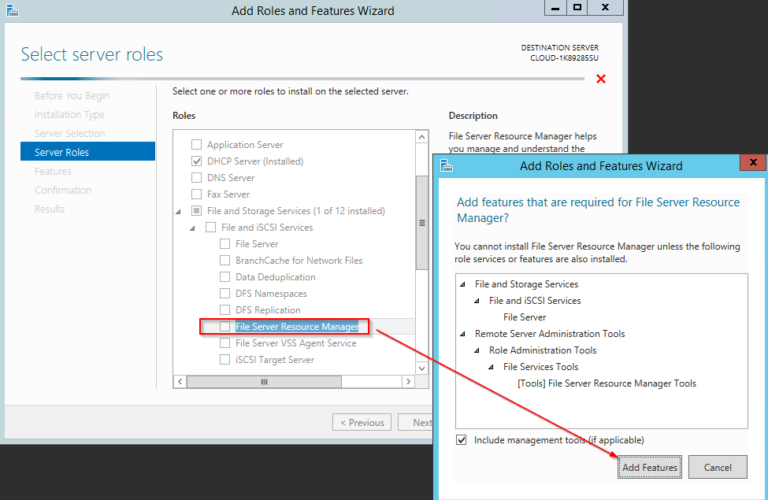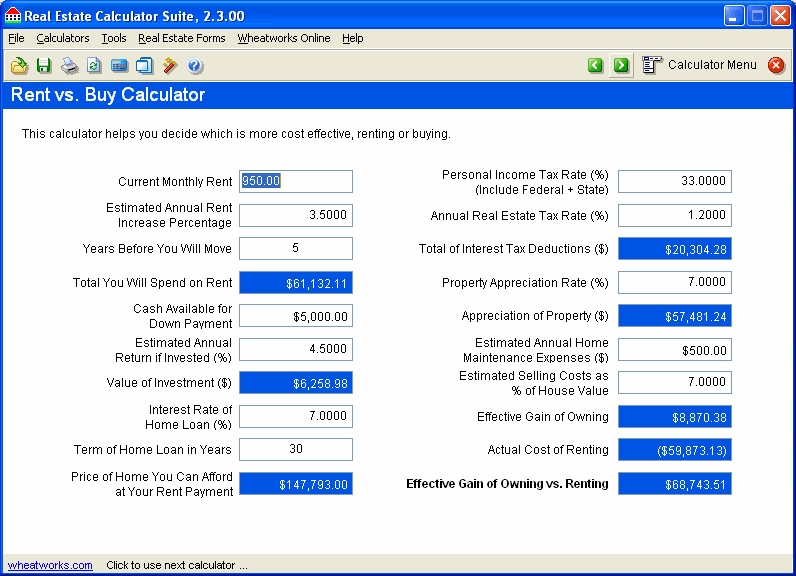

- #Formula to convert windows file time to windows 10
- #Formula to convert windows file time to plus
- #Formula to convert windows file time to download
Alternatively, you can go to the Default Apps section of the Windows 10 Settings menu as we did before, scroll down, and then click on the Reset button located under the phrase Reset to the Microsoft Recommended Defaults. If you find that you need to change back to the original application, you can use the steps above to get back to the default settings. This simple change has successfully reset the default application for your targeted file type now this program will consistently open when you select a certain type of file. Once you’ve chosen your preferred application, you’re all set. If this happens to you, you have to decide which app will work with the file type you want to change. Note: In some cases, the Microsoft Store may not return any results for relevant applications for a particular file type, or it may return search results that aren’t relevant.
#Formula to convert windows file time to download
Either download a compatible application from the web or select the Look for an App in the Microsoft Store option, which brings you to the Microsoft Store.

There are two other avenues available should you not find an offered option. In the case of some file types, there will be multiple options, whereas others may have none. Step 7: Choose your preferred application from the list that appears and click its corresponding icon.
#Formula to convert windows file time to plus
Click the application or Plus icon to its right. Step 6: Scroll through the list to find the file type you want to change the file association for. If a file type doesn’t have a particular application set up to handle it, there will be a gray plus sign (+) icon instead. Step 5: You’ll then be presented with a list of all of the file types Windows 10 supports, with their associated applications on the right-hand side. Step 4: Scroll down if needed, and click Choose Default Apps by File Type. Step 3: Click Default Apps from the left-hand menu. Step 2: Select Apps from the list of options. Alternatively, search for Settings in the Windows search bar and click the relevant result. Step 1: Press the Windows + X keys and click Settings from the resulting menu. If you want to change a few different file types - or even all of them - then the Settings menu is the best place to go. Step 6: From now on, any files of that type will be opened with your chosen application. You can also tick the box labeled Always Use This App to Open Files before you hit the OK button if you want that app to open all files of that type going forward. Step 5: When you’ve found the app you want and it has been selected, simply click the gray OK button. Step 4: If you don’t see your preferred app, then from the menu that appears when you select Open With, either search for one by selecting the Search the Microsoft Store option or click Choose Another App for an expanded list of already-installed applications. If you see the one you want, select it, and Windows will open that file in the app you’ve chosen. Step 3: Windows will then offer you an app or a list of apps that can act as the default for that file type. If you have a spreadsheet with time values that have been added to the spreadsheet as text values, you need the TIMEVALUE function. Microsoft is already expanding Bing Chat to Skype and phones This devious scam app proves that Macs aren’t bulletproofĭon’t fall for it - ChatGPT scams are running rampant across social media In order to see the value displayed as a time, a time format needs to be applied. Since one day equals 1, and one day equals 24 hours, time in Excel can represented as fractional values of 1, as shown in the table below. Notice the last date includes a time as well. The table below shows the numeric values associated with a few random dates: Date The Excel date system starts on Januand counts forward. Compared to traditional VHD, VHDX has several. When C5 is formatted with the Excel date "d-mmm-yyyy", the date is displayed as. NOTE: VHDX is a new disk format that was introduced in Windows Server 2012. Instead, you should copy the low- and high-order parts of the file time to a ULARGEINTEGER structure, perform 64-bit. It is not recommended that you add and subtract values from the FILETIME structure to obtain relative times. The formula evaluates like this: =(B5/86400)+DATE(1970,1,1) To convert a FILETIME structure into a time that is easy to display to a user, use the FileTimeToSystemTime function. In the example shown, the formula first divides the time stamp value in B5 by 86400, then adds the date value for the Unix Epoch, January 1, 1970. Since a day contains 86400 seconds (24 hours x 60 minutes x 60 seconds), conversion to Excel time can be done by dividing days by 86400 and adding the date value for January 1st, 1970. The count begins at the "Unix Epoch" on January 1st, 1970, so a Unix time stamp is simply the total seconds between any given date and the Unix Epoch. The Unix time stamp tracks time as a running count of seconds.


 0 kommentar(er)
0 kommentar(er)
